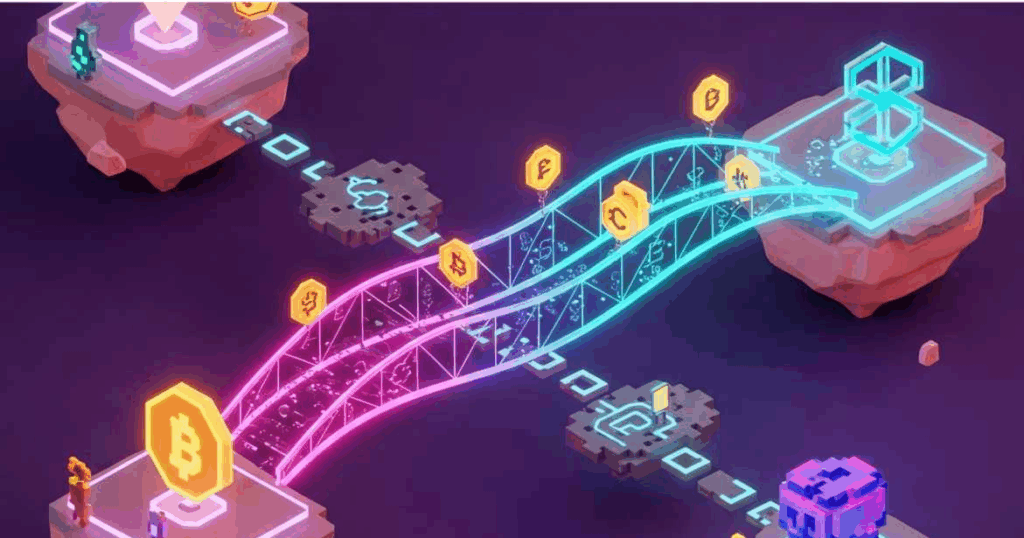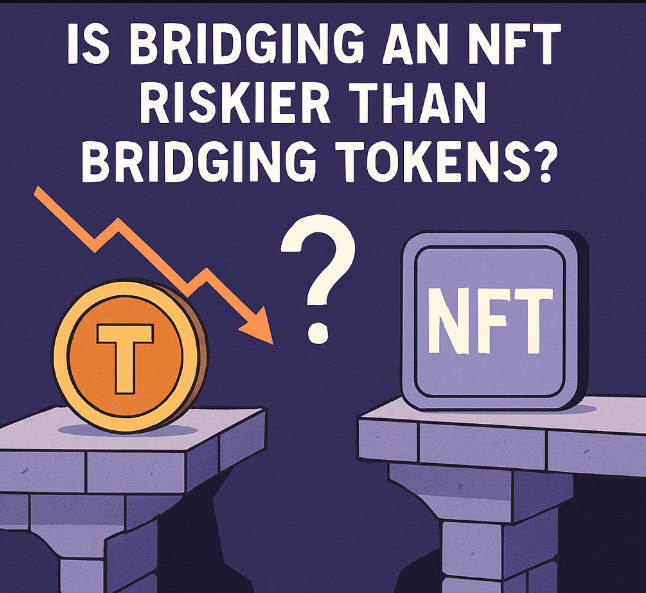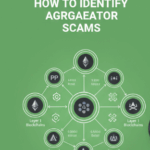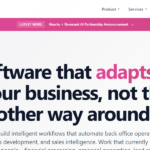In this article I will be talking about “Is Bridging an NFT Riskier Than Bridging Tokens”. Bridging enables users to transfer assets from one blockchain to another. However, NFTs and tokens come with different levels of risk.
Tokens are fungible and more easily recovered, while NFTs are one of a kind and may lose metadata or ownership information. Knowing these differences will allow users to bridge assets more safely and reduce lost value.
What is Bridging Tokens?
Bridging tokens means moving cryptocurrency tokens from one blockchain network to another. Most chains are siloed ecosystems and one chain’s assets (like ETH for Ethereum and BNB for Binance Smart Chain) cannot communicate with another chain freely.

A bridge lets users access dApps, liquidity pools, and other services across different networks without having to sell and convert assets streams. This is done by locking the tokens on the original chain, and issuing the target chain equivalent tokens.
Although bridging increases interoperability, it introduces certain risks, like smart contract vulnerabilities, network congestion, and complete loss of assets if the bridge gets compromised.
Is Bridging an NFT Riskier Than Bridging Tokens?

Smart Contracts Complexity
NFT contracts are often more complex than standard tokens contracts, thus increasing the risk of making mistakes when bridging.
Metadata or Attributes Loss
NFTs, unlike tokens, have all sorts of unique attributes (such as artwork, traits, lineage, ownership, etc.), and bridging mistakes may result in these being lost, corrupted or permanently destroyed.
Mistakes Are Unforgivable
With bridging of tokens, the lost assets are likely recoverable through liquidity pathways. Loss of NFTs is frequent and typically, there are no available options for recovery.
Decreased Liquidity
NFTs generally have lower liquidity compared to tokens, and thus bridging these is more prone to mistakes that are costly and complex to resolve.
Scarcity of Trusted Bridges
Bridges of tokens are abundant and extensively audited, unlike NFT bridges which are new, and have fewer established as well as secure ones.
Comparing Risk Levels: NFTs vs Tokens
| Risk Factor | Bridging Tokens | Bridging NFTs |
|---|---|---|
| Smart Contract Complexity | Relatively simple, standardized contracts | More complex contracts, higher chance of errors |
| Loss of Data | Tokens are uniform; loss usually recoverable | Unique metadata can be lost or corrupted permanently |
| Financial Impact | Loss may be smaller due to liquidity and fungibility | High impact; NFTs are often unique and valuable |
| Recovery Options | Easier through bridges or exchanges | Limited or no recovery options |
| Liquidity | High liquidity, easier to transfer or convert | Low liquidity, harder to sell or recover |
| Bridge Availability | Many audited, reliable bridges available | Fewer bridges, less tested and potentially riskier |
| Network Compatibility Issues | Can occur but easier to troubleshoot | More likely due to NFT standards and metadata requirements |
Tips For safe bridging NFTs and tokens
Choose Trusted Bridges.: Always use well reviewed and audited bridges to protect yourself from scams or hacks.
Verify Blockchain and Address: Always ensure the network and wallet address are correct before moving any assets.
Start Small: Always begin with a small token or NFT to ensure the bridge process is functioning correctly.
Monitor Network Conditions: Don’t bridge assets during peak congestion to minimize failed and high-cost transactions.
Backup NFT Metadata: Always keep metadata, traits, and ownership to preserve the NFT’s uniqueness and origin.
Stay Updated: Monitor bridge changes, audits, and community feedback for emerging potential security risks.
Use Secure Wallets: Always set up multi-factor authentication and keep wallets protected from phishing attacks.
Best Practices to Minimize Bridging Risks
Make Use of Trustworthy Bridges.
Use vendor variety. Stick to vendors that are well-known to audit platforms so lost contracts and hacks can be avoided.
Addresses and Networks:
Crypto bridges are cross-platform. Be certain of the blockchain and the address you intend to use especially when there are swaps so you don’t lose your funds.
Begin With Minimal Amounts.
Use the bridges but use smaller sums to check if the payment processing systems are working properly before using larger amounts.
Stay in the Loop about Bridge Vunerability:
Make use of the use of audits, and the community so you can access the information you need.
It is Important to Avoid Times of High Activity On the Network
Make a blockchain settlement when a network is busy to kloz delays and avoid larger expenses.
NFTs and Other Blockchain Things
In NFTs, royalties, and the fuzz, keep detailed notes of the traits you possess so you can keep the info safe.
Turn On Security Features.
In safe mode, take part in bridging assets that are protected by wallets.
Pros & Cons
Pros of Bridging Tokens & NFTs
- Cross-Chain Access: Use of assets on multiple blockchains.
- Liquidity Opportunities: Access to various DeFi protocols, markets, and dApps.
- Portfolio Flexibility: Diversification is possible without selling assets.
- Innovation: Engagement in new blockchain ecosystems, and projects.
Cons of Bridging Tokens & NFTs
- Smart Contract Risks: Loss of funds or assets due to ransomware.
- Transaction Failures: Locking of assets for a longer duration due to congestion or errors.
- Irreversibility: Changes, particularly with NFTs, are correctable.
- Limited Recovery Options: NFTs and some tokens are lost, cannot be obtained.
- Fees and Costs: Bridging tokens comes with a cost due to gas fees and slippage.
- Bridge Reputation Risk: Risk of hacks and scams due to unverified bridges.
Conclusion
In conclusion, the act of bridging NFTs, in most cases, is more complex and carries higher risk than bridging fungible tokens is because of NFTs’ one-of-a-kind attributes, complex smart contract capabilities, and other attributes that make recovery next to impossible.
For bridging tokens, the risk may largely be stemming from synchronizing multiple networks, the possibility of smart contract errors, or network congestion, while NFTs have metadata in NFTs’ pieces that can be irreplaceably lost because of more complex, higher stakes in the bridging pieces.
With proper strategies, carefully developed and customized for the risk in question, employing trusted bridges and verified best practices, risk can be mitigated for both asset types.
FAQ
Are NFTs riskier to bridge than tokens?
Yes, NFTs are generally riskier due to unique metadata, complex smart contracts, and limited recovery options compared to fungible tokens.
Can I recover an NFT lost during bridging?
Usually not. Unlike tokens, NFT losses are often irreversible if bridging fails or metadata is corrupted.
How can I minimize bridging risks?
Use reputable bridges, verify addresses and networks, start with small transfers, and back up NFT metadata.








